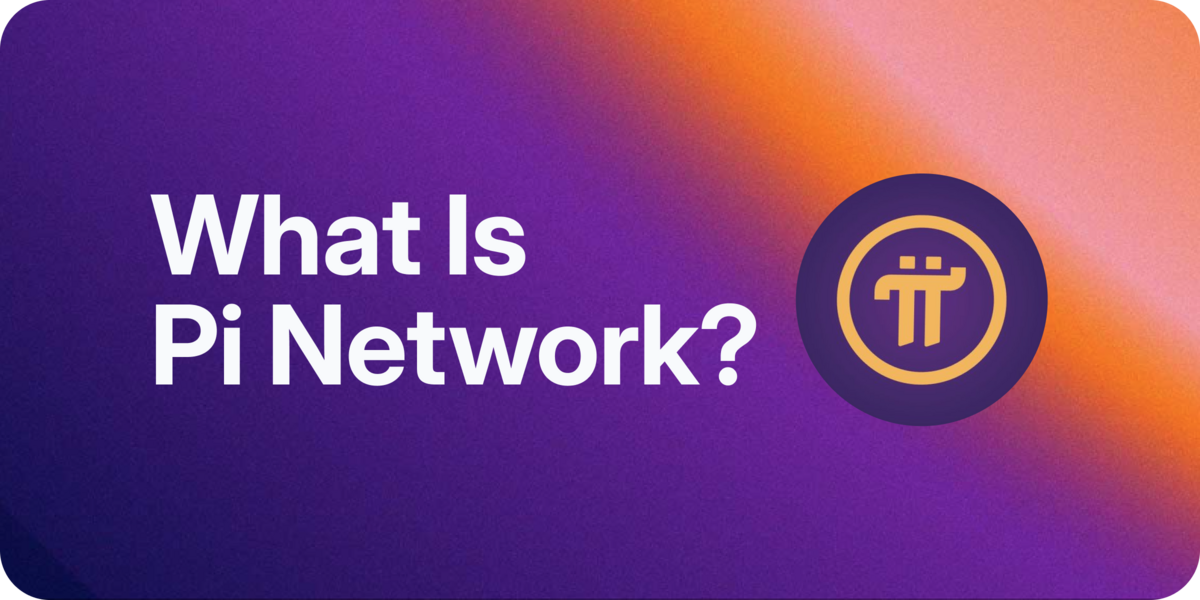What Are Stablecoins? A Comprehensive Guide to the Most Stable Assets in Crypto
In the volatile world of cryptocurrencies, where prices can swing dramatically in mere hours, stablecoins offer a much-needed element of stability. Whether you’re a crypto investor, a blockchain developer, or just someone exploring digital currencies, understanding stablecoins is crucial.
This article dives deep into what stablecoins are, how they work, their types, use cases, benefits, risks, and their growing impact on global finance.
1. What Are Stablecoins?
Stablecoins are a category of cryptocurrencies designed to maintain a stable value over time. They are typically pegged to a reserve asset, most commonly fiat currencies like the US Dollar (USD), Euro (EUR), or commodities like gold.
Unlike traditional cryptocurrencies like Bitcoin or Ethereum, which are highly volatile, stablecoins aim to combine the stability of fiat with the efficiency and decentralization of blockchain.
2. Why Are Stablecoins Important?
Cryptocurrencies offer decentralization, fast transactions, and borderless payments, but their price instability makes them less suitable for everyday transactions or savings.
Stablecoins solve this problem by acting as:
- A medium of exchange with predictable value
- A unit of account in DeFi (decentralized finance)
- A safe haven during volatile market conditions
- A bridge between crypto and traditional finance
In essence, stablecoins provide price stability without sacrificing the advantages of cryptocurrencies.
3. How Do Stablecoins Work?
Stablecoins are created and managed in different ways depending on the type of asset used to back them and the mechanism used to maintain price stability. Broadly, they fall into four main categories:
4. Types of Stablecoins
1. Fiat-Collateralized Stablecoins
These are the most common and easiest to understand. Each stablecoin is backed 1:1 by fiat currency held in a bank account.
🔹 Examples:
- USDT (Tether)
- USDC (USD Coin)
- BUSD (Binance USD)
🔹 Key Characteristics:
- Centralized: Issued and governed by companies.
- Highly liquid and stable.
- Audited (in some cases) to prove collateral exists.
🔹 Pros:
- Easy to understand and widely accepted.
- High stability.
🔹 Cons:
- Requires trust in a centralized entity.
- Subject to regulatory oversight and possible censorship.
2. Crypto-Collateralized Stablecoins
These are backed by other cryptocurrencies instead of fiat. Because of crypto volatility, they are often over-collateralized.
🔹 Example:
- DAI (by MakerDAO)
🔹 How it works:
- Users lock up Ethereum or other tokens in smart contracts to mint DAI.
- If the value of the collateral falls below a certain threshold, the position is liquidated to maintain the peg.
🔹 Pros:
- Decentralized and transparent.
- Trustless and auditable on-chain.
🔹 Cons:
- Complex mechanism.
- Still exposed to crypto market volatility.
- May require over 150% in collateral.
3. Algorithmic Stablecoins
These use algorithms and smart contracts to control the supply of the coin and maintain price stability without collateral.
🔹 Example:
- Frax (FRAX) (partially algorithmic)
- Ampleforth (AMPL)
- TerraUSD (UST) (collapsed in 2022)
🔹 How it works:
- If the price goes above $1, more coins are minted to increase supply.
- If the price drops below $1, coins are burned to reduce supply.
🔹 Pros:
- Fully decentralized.
- Capital efficient (no collateral needed).
🔹 Cons:
- Historically unstable and risky.
- Vulnerable to market crashes and “bank runs” (as seen in UST’s collapse).
4. Commodity-Backed Stablecoins
These are backed by tangible assets like gold, oil, or real estate.
🔹 Example:
- PAX Gold (PAXG)
- Tether Gold (XAUT)
🔹 Pros:
- Provides exposure to real-world assets.
- Useful for hedging against inflation.
🔹 Cons:
- Less liquid than fiat-backed stablecoins.
- Custody and storage of commodities can be complex.
5. Use Cases of Stablecoins
✅ 1. Trading and Hedging
- Traders move in and out of volatile crypto assets using stablecoins to lock in profits or avoid losses.
✅ 2. Cross-Border Payments
- Stablecoins enable instant and low-cost transfers across countries without relying on banks.
✅ 3. Decentralized Finance (DeFi)
- Stablecoins are essential in DeFi protocols for lending, borrowing, and liquidity pools.
✅ 4. Remittances
- People can send money internationally in stablecoins at a fraction of traditional wire transfer costs.
✅ 5. Dollarization in Emerging Markets
- In countries with unstable currencies (e.g., Venezuela, Argentina), stablecoins serve as an alternative to fiat for preserving value.
✅ 6. Payroll and Commerce
- Some companies and freelancers now accept payments in stablecoins, especially in global tech and blockchain sectors.
6. Leading Stablecoins (as of 2025)
| Name | Symbol | Type | Market Cap (approx.) | Issuer |
|---|---|---|---|---|
| Tether | USDT | Fiat-backed | $100+ billion | Tether Ltd |
| USD Coin | USDC | Fiat-backed | $70+ billion | Circle & Coinbase |
| DAI | DAI | Crypto-backed | $5+ billion | MakerDAO |
| PAX Gold | PAXG | Gold-backed | $500+ million | Paxos |
| Frax | FRAX | Algorithmic Hybrid | $1+ billion | Frax Finance |
7. Risks and Criticisms of Stablecoins
Despite their utility, stablecoins come with several challenges and risks:
⚠️ Centralization Risks
- Fiat-backed stablecoins are controlled by private companies that may freeze or blacklist wallets.
⚠️ Lack of Transparency
- Some issuers have been criticized for unclear reserves or lack of regular audits (e.g., Tether in the past).
⚠️ Regulatory Uncertainty
- Governments are increasingly scrutinizing stablecoins, with calls for stricter regulation, especially those that resemble bank deposits.
⚠️ Smart Contract Vulnerabilities
- Decentralized stablecoins like DAI are dependent on complex smart contracts, which can be hacked or exploited.
⚠️ Depegging Risk
- Algorithmic stablecoins have historically failed to maintain their pegs, sometimes catastrophically (e.g., TerraUSD collapse).
8. Regulation of Stablecoins
Governments and regulators worldwide are beginning to define frameworks to regulate stablecoins due to their growing influence in global finance.
🌍 Global Regulatory Developments:
- U.S. SEC and Treasury: Pushing for audits and oversight of issuers.
- EU MiCA Regulation: Requires stablecoin issuers to meet strict reserve and transparency rules.
- Asia: Countries like Japan and Singapore are creating licensing regimes for stablecoin operations.
Many believe that regulated stablecoins may become the foundation for digital financial infrastructure in the future.
9. The Future of Stablecoins
Stablecoins are expected to play a central role in the next evolution of digital finance:
- Central Banks may issue their own stablecoins, known as CBDCs (Central Bank Digital Currencies).
- Traditional financial institutions are partnering with crypto firms to integrate stablecoins for payments.
- Stablecoins may become key tools for tokenizing real-world assets and facilitating seamless, 24/7 financial transactions.
10. Conclusion
Stablecoins serve as the bridge between traditional finance and decentralized crypto ecosystems, offering the best of both worlds—stability and innovation.
From everyday users looking for a stable store of value to global institutions exploring blockchain technology, stablecoins are at the heart of it all.
However, users must understand how each type works, assess the trustworthiness of issuers, and be mindful of regulatory and systemic risks.
In a space that evolves rapidly, stablecoins offer a sense of certainty—but only when used wisely and with awareness.




